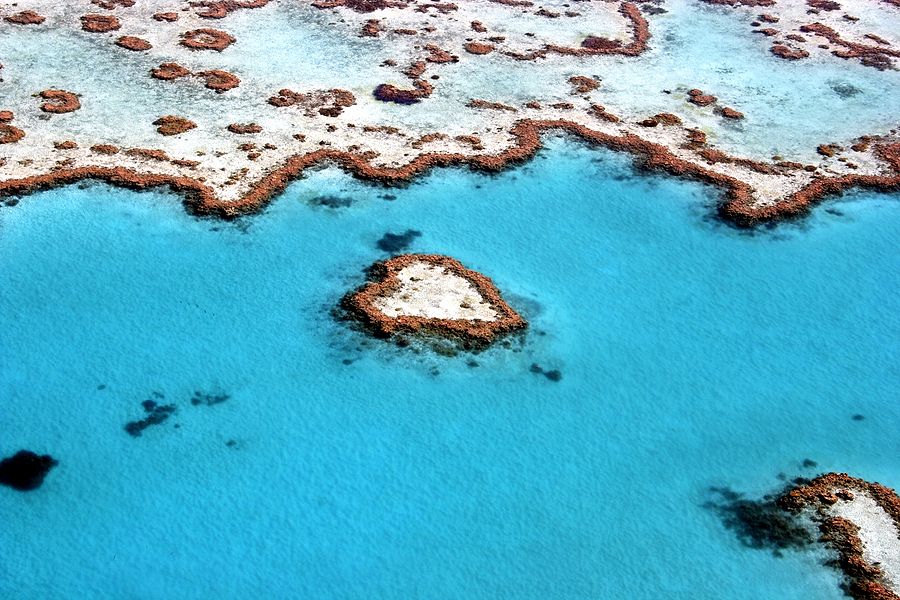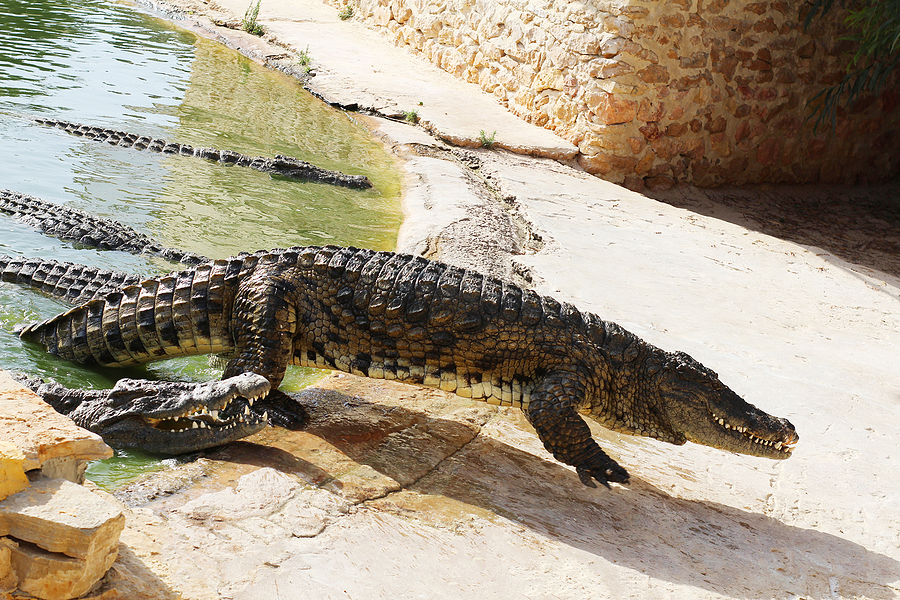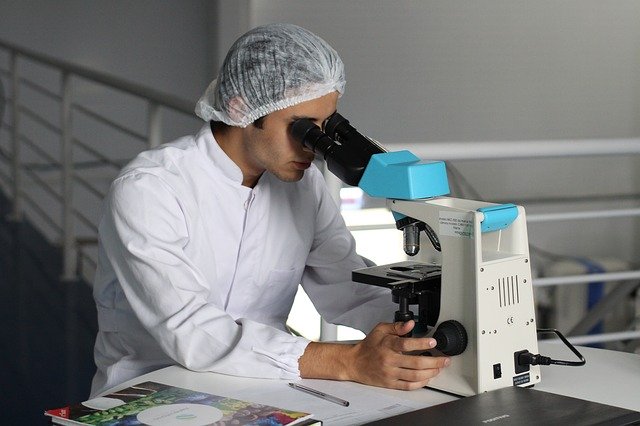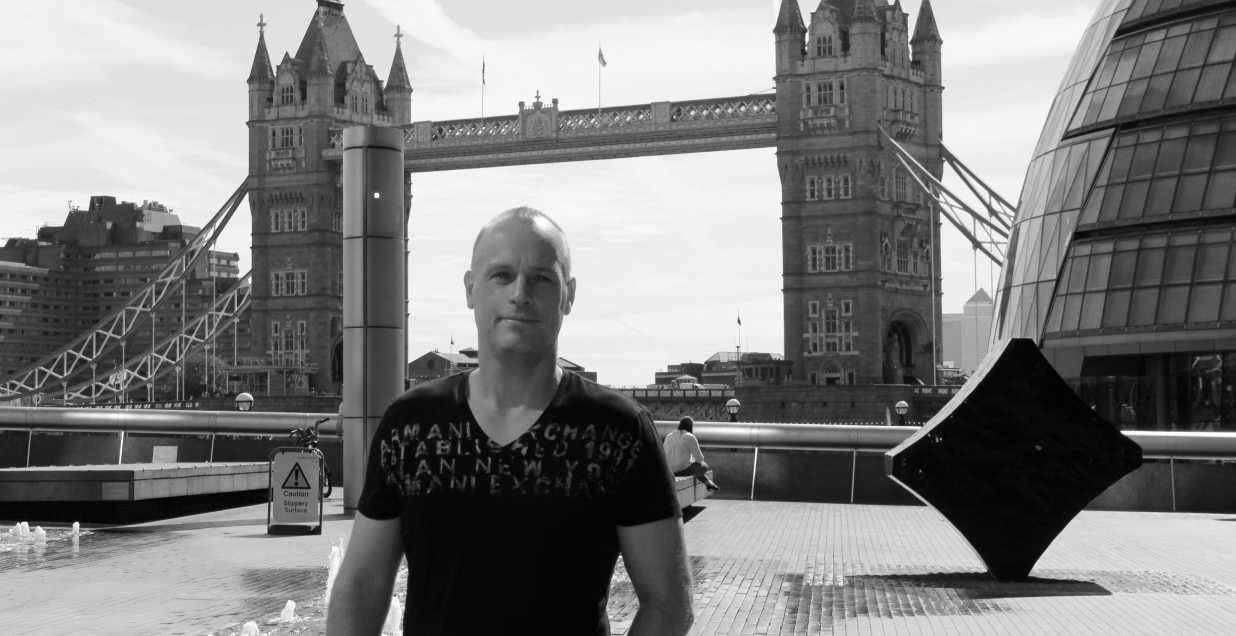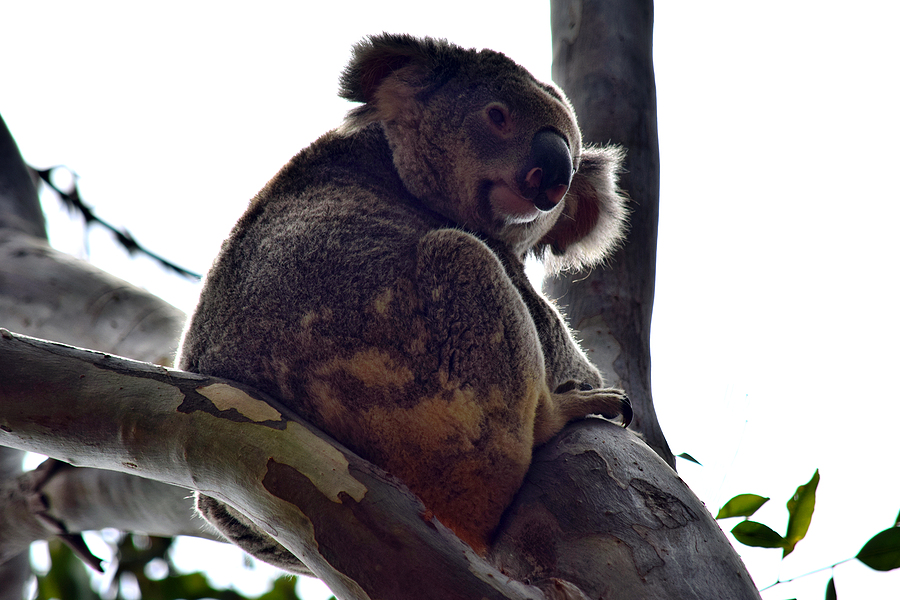
Science of saving cuddly koala bears
Most Australians and people around the world who have seen them absolutely love koalas. These gentle, unassuming creatures are a favourite with tourists due to their unique appearance. They eat a diet that is almost entirely made of leaves, and their babies are some of the cutest little creatures you will ever lay eyes on. Going to hold a koala even for a few seconds is an incredible experience.
However, koalas are under threat from extinction. You would think it impossible that humans could allow a creature like koalas to become threatened, but alas, it has happened. No matter how cute or cuddly an animal is, some people value short-term greed over them and their right to exist.
There are, however, plenty of people trying to save the koalas from extinction. There are many koala sanctuaries that exist that try to use science-based strategies to help revive population numbers.
There are several main factors that are harming to koalas. The most prominent are climate change and pollution (which affects the nutritional quality of the leaves they ear), deforestation (which destroys areas they would otherwise live and breed), and diseases (Chlamydia is a disease that severely harms koala populations).
Also, other things, like feral dogs and cats, have been known to hunt and kill wild koalas. Koalas are not a naturally aggressive species, and while they have sharp claws for climbing trees, they are unable to use them to defend against packs of wild animals.
The ultimate fate of koalas is uncertain, and some have declared them “functionally extinct” due to predictions they cannot be saved in the long-term. While humans love the novelty of koalas, many are unwilling to take the steps necessary to help them survive along with other endangered species around the world.

